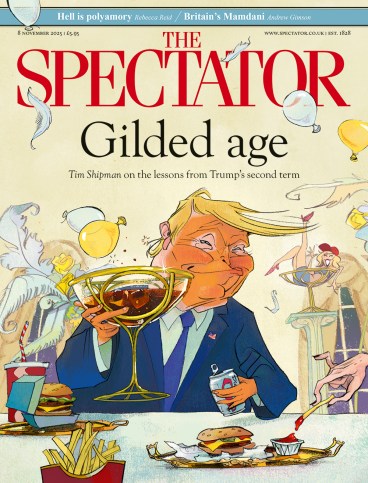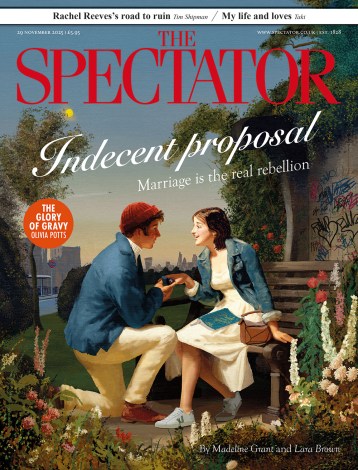
Austere environment
Who introduced the word ‘austerity’ into the political lexicon? While chiefly associated with attacks on the Conservatives, and subsequently Reform UK, by Labour and other left-wing parties, it was David Cameron who brought the word back into common parlance. In a speech to the Conservative party forum on 26 April 2009 he declared: ‘The age of irresponsibility is giving way to the age of austerity.’ He went on to say: ‘We’ve made it clear that a Conservative government would spend less than Labour. We’re not frightened of their idiotic ritual chants about “cuts”.’ An analysis by the LSE found that in the election year of 2010, right-leaning thinktanks mentioned ‘austerity’ nearly as frequently as left-leaning ones.
Off the rails
How crime-ridden are our trains? Crimes recorded by British Transport Police were up 55% in the decade from 2013/14 to 2023/24, to 80,000 incidents. Violent crimes (13,000 recorded), sex crimes (2,000) and robberies (2,000) all more than doubled. The stations with the highest crime rates (crimes per million users) were:
Johnston (Pembrokeshire) 1,437
Redbridge 1,182
Charing (Kent) 1,161
Tiverton Parkway 832
Dinas Rhondda 582
Throne away
How does the popularity of the British monarchy compare with others in Europe?
— UK: YouGov poll last week found 62% in favour of keeping the monarchy, 25% in favour of a republic.
— Denmark (2024): 75% in favour of monarchy, 14% for abolition.
— Norway (2024): 68% in favour of monarchy.
— Netherlands (2025): 59% in favour.
— Spain (2024): 59% in favour.
— Sweden (2023): 54% in favour.
Performance review
South Cambridgeshire District Council is to make its four-day working week permanent, and others may follow. How is productivity coming along in the public services?
— The ONS says productivity fell by 0.7% in the year to the second quarter of 2025.
— Across 2024, productivity was 3% lower than 2019. In healthcare it was 7.8% lower.
— Productivity in 2024 was just 1.6% higher than it was in 1997.
— The nadir in recent decades was in 2010 when it was 3.2% lower than in 1997 – just after sharp rises in public sector pay during the Blair and Brown governments.






Comments